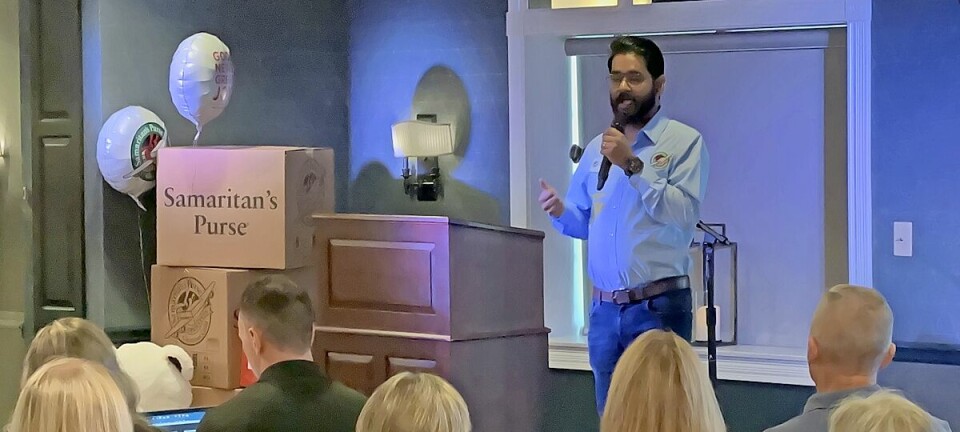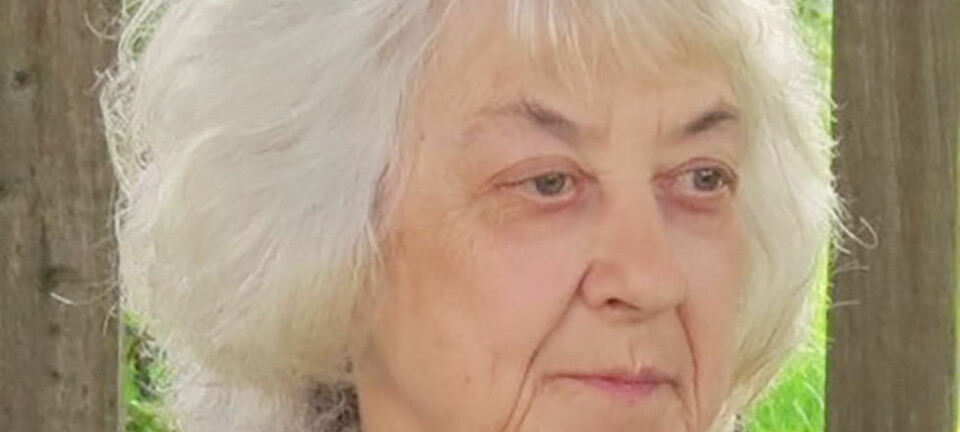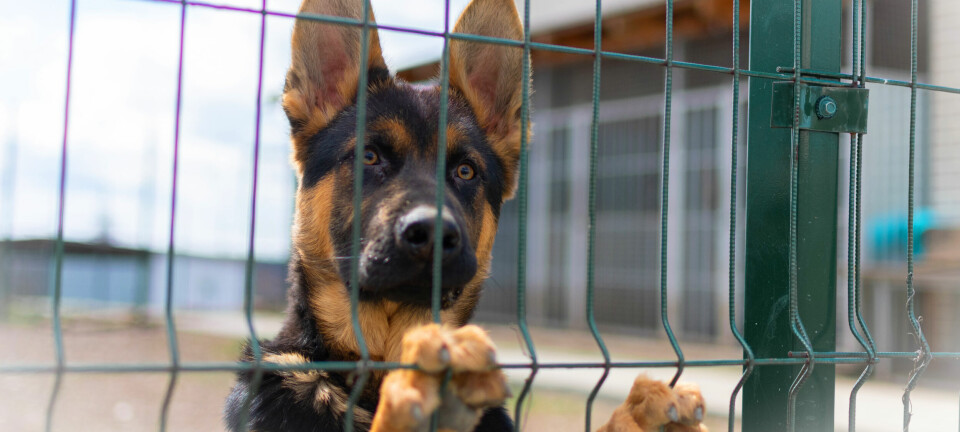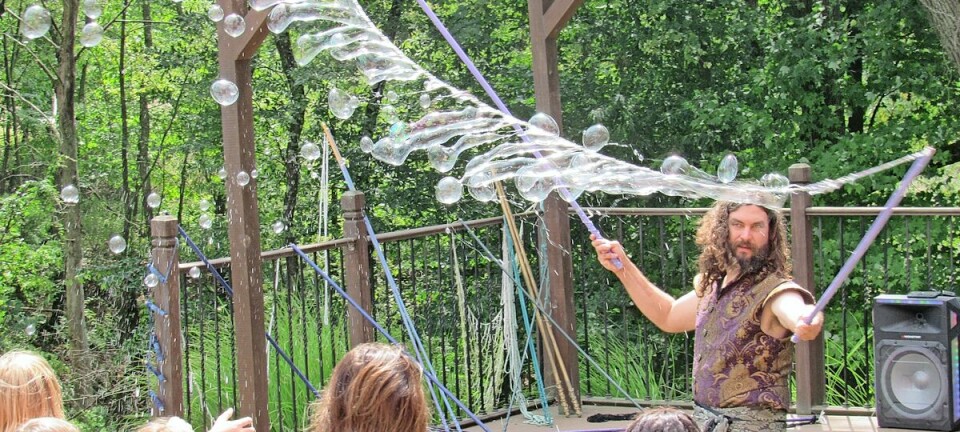Helping cats that live outside
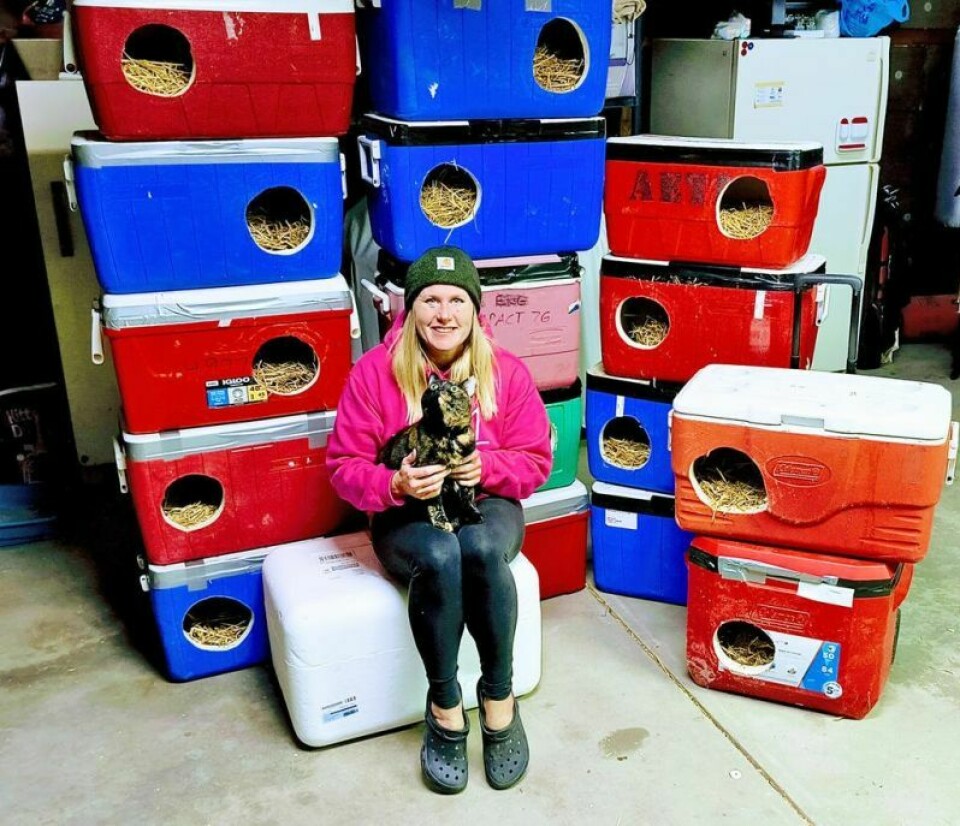
For Lindsay Bailey of New Philadelphia, it began when her cat Tiger went missing two years ago. Today, she builds shelters for feral cats and makes sure dozens are fed every day. She wasn’t always a cat person, however.
“I didn’t realize there was this feral cat population out there until then,” Bailey said. “People would spot a cat and call me and say, ‘This looks like Tiger,’ and I’d go see. Every time I went, there were tons of cats everywhere. I started out feeding them, and now I probably feed 50 or 60 cats every day.”
Bailey soon realized the cats she was feeding had no way of sheltering themselves, and the idea to provide shelters was born.
“I reached out to a woman in Massillon who was able to get me some coolers. Her company uses and discards them constantly,” she said.
Bailey drives to pick up a new supply of coolers each week. She uses cash donations to fund the neutering of trapped cats, cat food and veterinary care.
The coolers are standard picnic models and a few Styrofoam shipping coolers. Bailey peels off any stickers she finds, washes the coolers thoroughly, makes a kitty-sized hole in the side, fills it with straw and seals the lid on with strong tape. She then distributes the shelters to anyone who needs one from her home.
In addition to sheltering and feeding feral cats, Bailey also traps them and has them neutered before returning them to the spot where they were found. It’s part of the “trap, neuter, release” strategy for reducing feral cat populations.
“Many people don’t understand how that works,” Bailey said. “They believe that if you just don’t feed them, the problem will go away. That’s not the case. Actively neutering cats and putting them back out there is the only thing that reduces the overall population. You start with a colony. Then once that colony is all fixed, the problem dies down and you move on to another.”
She makes a couple of trips a week to either AlterClinic or Humble Creatures, both in Canton, to have cats neutered. “I’ve probably fixed around 40 cats in the last year and a half, and I’ve found homes for about half of those,” she said.
She helps those who have cats but are unable to afford vet care for neutering as well. “I’d rather use some of the money I have from donations for that than see another eight kittens being added to the population,” she said.
She hasn’t always been a cat person. “Believe it or not, I didn’t used to care for cats,” she said. “Then I got one and fell in love with her and then another.”
The total in her direct care currently stands at seven.
She tells those who take her shelters to check them frequently to see if they’re damp.
“You have to stick your hand in under the straw to check because you never know what kind of burrowing a cat does. Some just pile all the straw up in front of the opening to block it. The straw usually needs changed every couple of months depending on the weather,” she said. “I’ve seen some tough situations. It’s a rewarding job but also bittersweet. I don’t like seeing some of the distressing situations, but if I don’t do this, no one will.”
People drop off supplies of cat food weekly to help defray that expense. Anyone who would like to have one of Bailey’s cat shelters is welcome to send her a message via Facebook. She also welcomes donations of food, supplies and cash.
Tiger remains at large. She continues to search for him.





